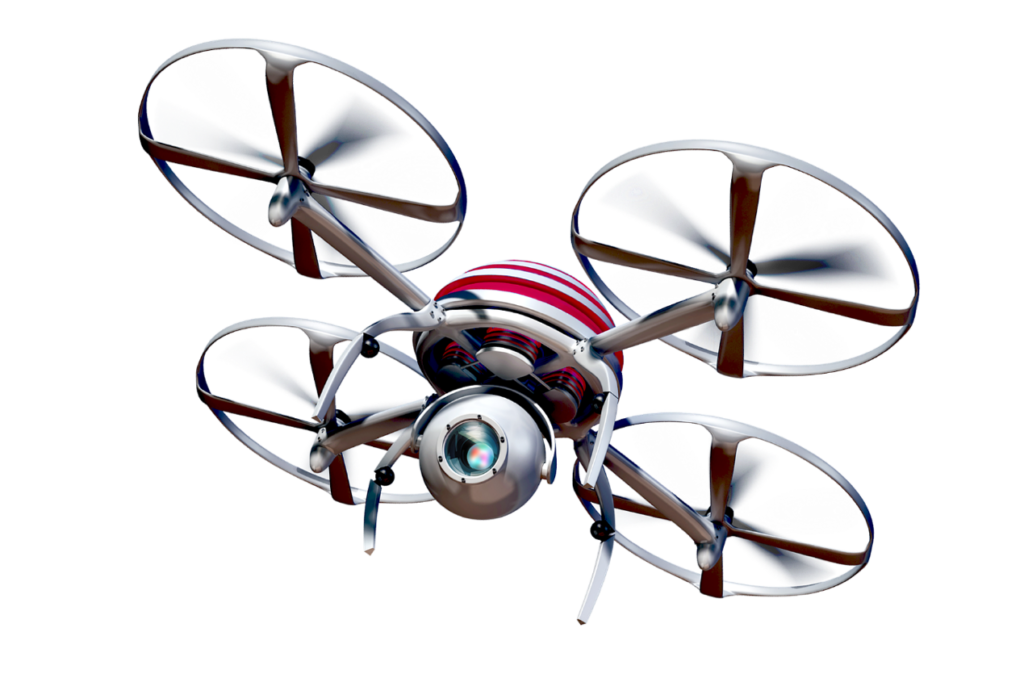The applications for which drones can be deployed are endless: air quality management, road safety, monitoring of endangered species, prevention and extinction of fires, meteorological control, advertising, recording of sporting events, search and rescue of people, etc.
According to experts in Security in Oxford, one area in which they specifically offer more possibilities, and benefits, is when it comes to performing security and video surveillance functions.
So far, the use of drones for video surveillance is very widespread in border control, in the supervision and protection of large spaces by police and security forces and especially at military level and in espionage functions.
But their use is increasingly widespread in the private sphere, since it is the best video surveillance solution for the protection and surveillance of large spaces, because of the wide field of vision, speed, and versatility.
Thanks to technological advances and cost reductions, in a few years we will be familiar with the flight of drones in large industrial, commercial, and residential communities for security purposes; performing video surveillance functions. What today sounds like science fiction, tomorrow will be a reality …
How does video surveillance by drone work?
Video surveillance by drones is ideal for the protection and perimeter security of large areas. It is a reliable, effective and high-resolution video surveillance solution. The drones are equipped with high-resolution FHD 1080 security cameras with image stabilisation that guarantees sharp images and neutralises drone movements.
Image transmission
The images are transmitted in real time wirelessly to a video surveillance recorder that guarantees the integrity of the images and validates them. These can be used as evidence in cases where a crime or other security issue is recorded.
Programmable
A drone can be programmed to take off at set times so that it performs safety tasks and recognition of the terrain automatically. It can also be operated remotely by an operator.
The drones, besides being equipped with high-resolution surveillance cameras, have night vision (infrared surveillance cameras), GPS (to program their flights) and even the most advanced have facial recognition functions that allow them to identify users and detect intruders and unauthorised access.
Advanced functionality
Unlike fixed surveillance cameras that are only useful when the intrusion or incident takes place within the somewhat limited scope of coverage of the camera, a drone is able to search, locate and track targets. In addition, it normally flies over the target at a height of tens of metres, so it is impossible to be sabotaged with spray paint, as is the case with many fixed surveillance cameras.
Overall, the use of drones for security functions offers greater flexibility, coverage, and efficiency, as well as reducing the cost of implementing surveillance.
Expect to see a drone near you soon!

Leave a Reply